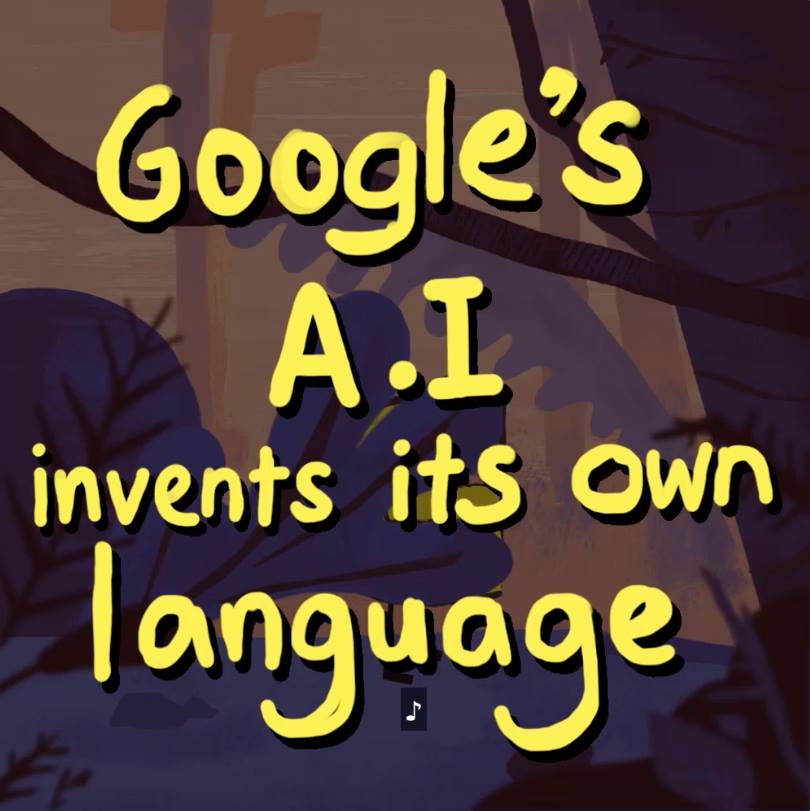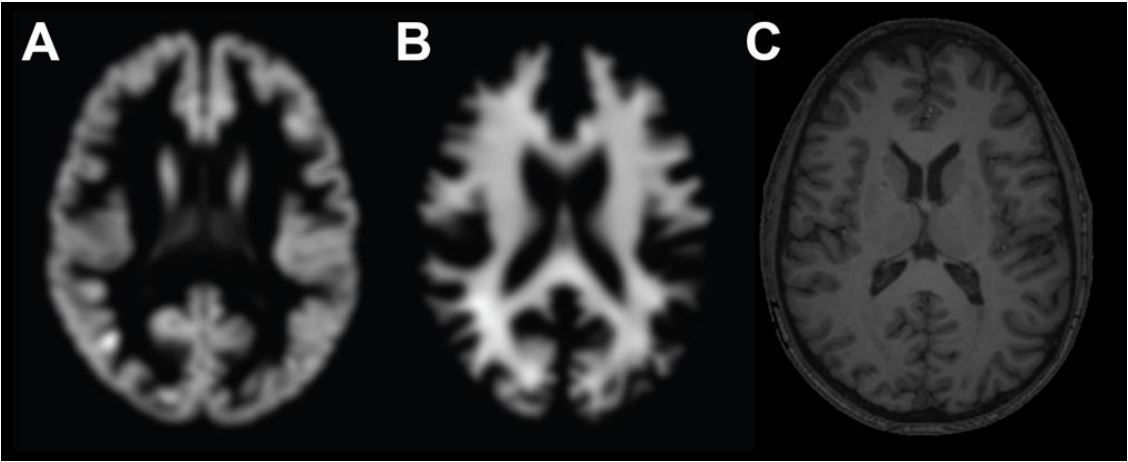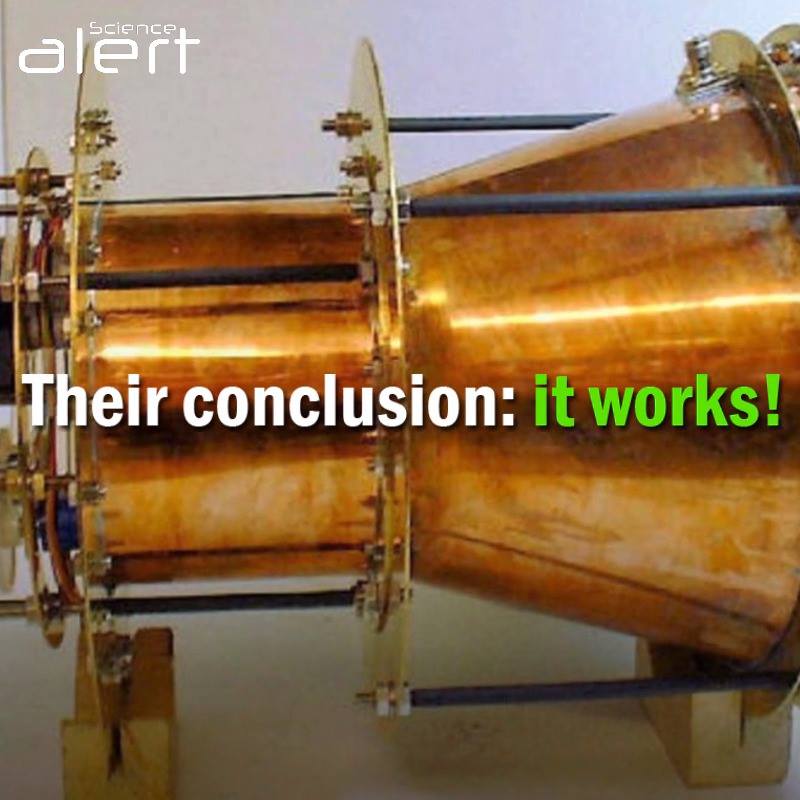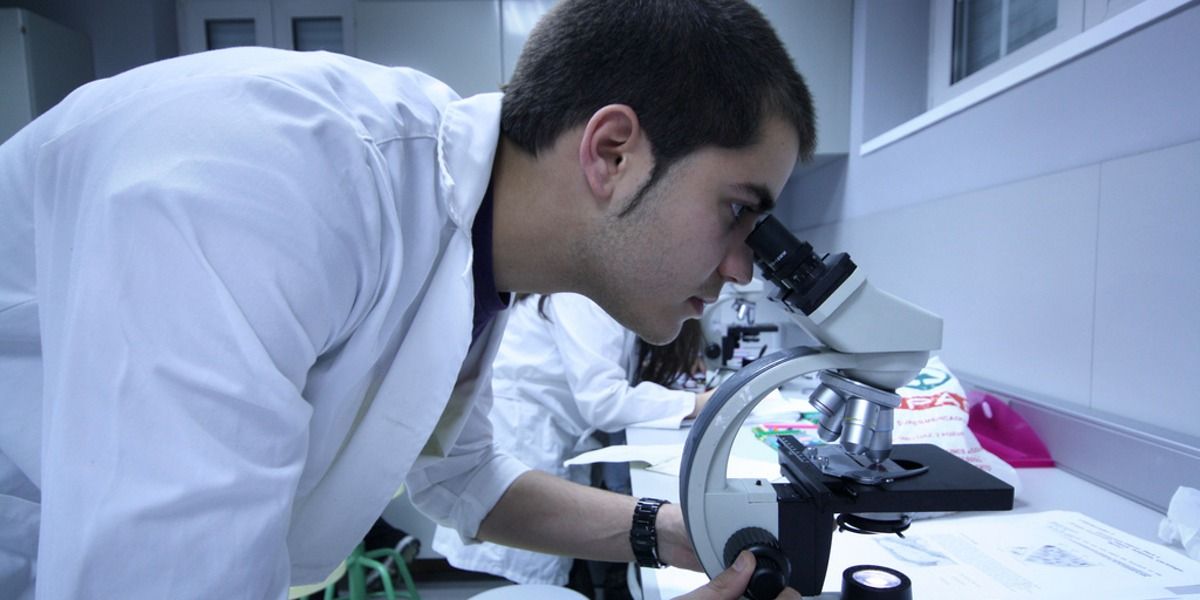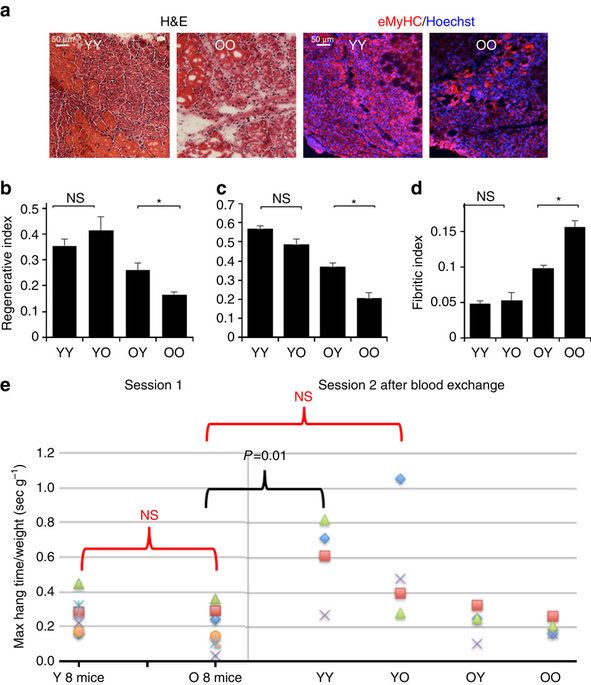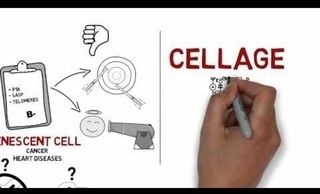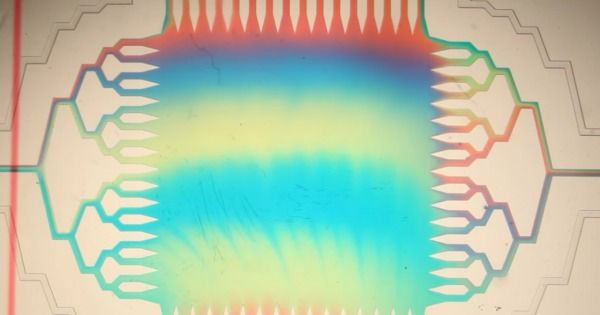Page 10671
Dec 13, 2016
Is your brain aging faster than the rest of your body? An AI machine can now tell you
Posted by Elmar Arunov in categories: biotech/medical, business, life extension, robotics/AI
Determining brain age from an MRI scan has always been a time-consuming business. Now an AI machine gives the answer in seconds.
Dec 12, 2016
A virus-sized computing device
Posted by Shailesh Prasad in categories: biotech/medical, computing, nanotechnology, particle physics
Researchers at University of California, Santa Barbara, have designed a functional nanoscale computing element that could be packed into a space no bigger than 50 nanometres on any side.

In 1959, renowned physicist Richard Feynman, in his talk “Plenty of Room at the Bottom” spoke of a future in which tiny machines could perform huge feats. Like many forward-looking concepts, his molecule and atom-sized world remained for years in the realm of science fiction. And then, scientists and other creative thinkers began to realise Feynman’s nanotechnological visions.
Dec 12, 2016
Physicists in Australia Just Proved Reality Doesn’t Exist
Posted by Shane Hinshaw in category: physics
Get ready to have your mind blown. According to an experiment led by two physicists in Australia, reality doesn’t exist. Turn on, tune in, and drop out man, because the world as you know it is all kinds of weird, at least on a quantum level.
Andrew Truscott and Roman Khakimov of The Australian National University used atoms to put a John Wheeler delayed-choice thought experiment to practical use. The Wheeler thought experiments ask, in theory, at what point does an object decide to act like one thing or another.
Truscott and Khakimov’s team used what is assumed to be extremely expensive and complex scientific equipment to trap a single helium atom and then drop it through a pair of laser beams that formed a scattered grating pattern.
Continue reading “Physicists in Australia Just Proved Reality Doesn’t Exist” »
Dec 12, 2016
A single heterochronic blood exchange reveals rapid inhibition of multiple tissues
Posted by Steve Hill in categories: biotech/medical, life extension
You have the power to change the future of medicine and how we treat age-related diseases. Here is an example of how grassroots fundraising is changing science.
Joining the circulatory system of an old with a young animal has been shown to rejuvenate old tissues. Here the authors describe a comparatively simple blood infusion system that allows for the controlled exchange of blood between two animals, and study the effects of a single exchange on various tissues.
Dec 12, 2016
This extraterrestrial houseboat gets a stellar update
Posted by Genevieve Klien in category: habitats

Click on photo to start video.
I would love to live in this!!!
Continue reading “This extraterrestrial houseboat gets a stellar update” »
Dec 12, 2016
CellAge AMA: Targeting Senescent Cells with Synthetic Biology for Human Longevity : Futurology
Posted by Steve Hill in categories: bioengineering, biotech/medical, genetics, life extension
The CellAge AMA is open for questions, come along and ask about biotechnology, senolytics and so on.
Welcome to the CellAge AMA with Mantas Matjusaitis, PhD student in synthetic biology and founder of CellAge. I am here to talk about our work to improve the targeting of dysfunctional “senescent” cells in the body, and thereby aid in their eventual removal. This is important because removal of these cells has been shown to be a critical component in the effort to improve healthy human lifespan.
In short, CellAge is going to develop synthetic DNA promoters which are specific to senescent cells, as the promoters that are currently used for this purpose, such as the p16 gene promoter, suffer from various issues and limitations (not comprehensively targeting all senescent cells, collateral damage in targeting some cells that are not senescent, etc.). You can find more details in our technology video here, and on our Lifespan.io information page.
Dec 12, 2016
Zuckerberg is Spending Millions To Map All the Cells in Your Body
Posted by Klaus Baldauf in category: biotech/medical
In Brief
- Facebook billionaire Mark Zuckerberg recently opened his wallet in order to create BioHub, a $600 million center that will focus on working to create a human cell directory.
- By mapping the trillions of cells in the human body, experts would be able to develop new drugs and vaccines to combat — and potentially end — disease.
Last month, we reported on the Human Cell Atlas, a project that plans to provide a detailed reference map of the human body’s trillions of cells. Yes, trillions. Once completed, the project could revolutionize healthcare by giving doctors and researchers a better way to predict, diagnose, and treat diseases.
Initiatives like this need funding – so Facebook billionaire Mark Zuckerberg opened his wallet and founded BioHub, a $600 million center that will focus on helping create a human cell directory. Zuckerberg and his wife, Priscilla Chan, plan to give away $3 billion over 10 years to fight disease, and BioHub is the couple’s first initiative.
Continue reading “Zuckerberg is Spending Millions To Map All the Cells in Your Body” »
